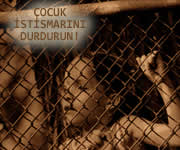 Why do we call the notes as "ut-re-mi-fa-sol"? The story goes back to a fellow Italian who lived in the 10th century.
Why do we call the notes as "ut-re-mi-fa-sol"? The story goes back to a fellow Italian who lived in the 10th century.The plainsong of the Latin Church is called as Cantus Planus but widely known as Gregorian Chant in honor of the pope who fixed its eight component modes and collected nearly 3,000 melodies. Most of these songs have been derived from Greek and especially from Jewish traditional chants. Cantus Planus had four main dialects:
Ambrosian; Roman;Gallician;Mozarabic.
In the eleventh century the musicologist Guido d'Arezzo (995-1050) invented a notation system which the names of the notes are originated.
He took the initial syllables of the chant of "Ut queant laxis". This chant is dedicated to John The Baptist. It goes like this:
Ut queant laxis ,
Resonare fibris,
Mira gestorum,
Famuli tuorum.
Solye polluti,
Labii reatum,
Sancte Joannes.
[Let Thine example Holy John, remind us; Ere we can meetly sing thy deeds of wonder; Hearts must be chastened, and the bonds that binds us; Broken asunder.]
The first letters of Sancte Joannes formed the note "si" afterwards.
Then from the 12th century onwards, the Gregorian Chants had been enriched by polyphony. The art of Canon began in the 13th century and from that date on, we can talk about a standard vocabulary of musical phrase.




















